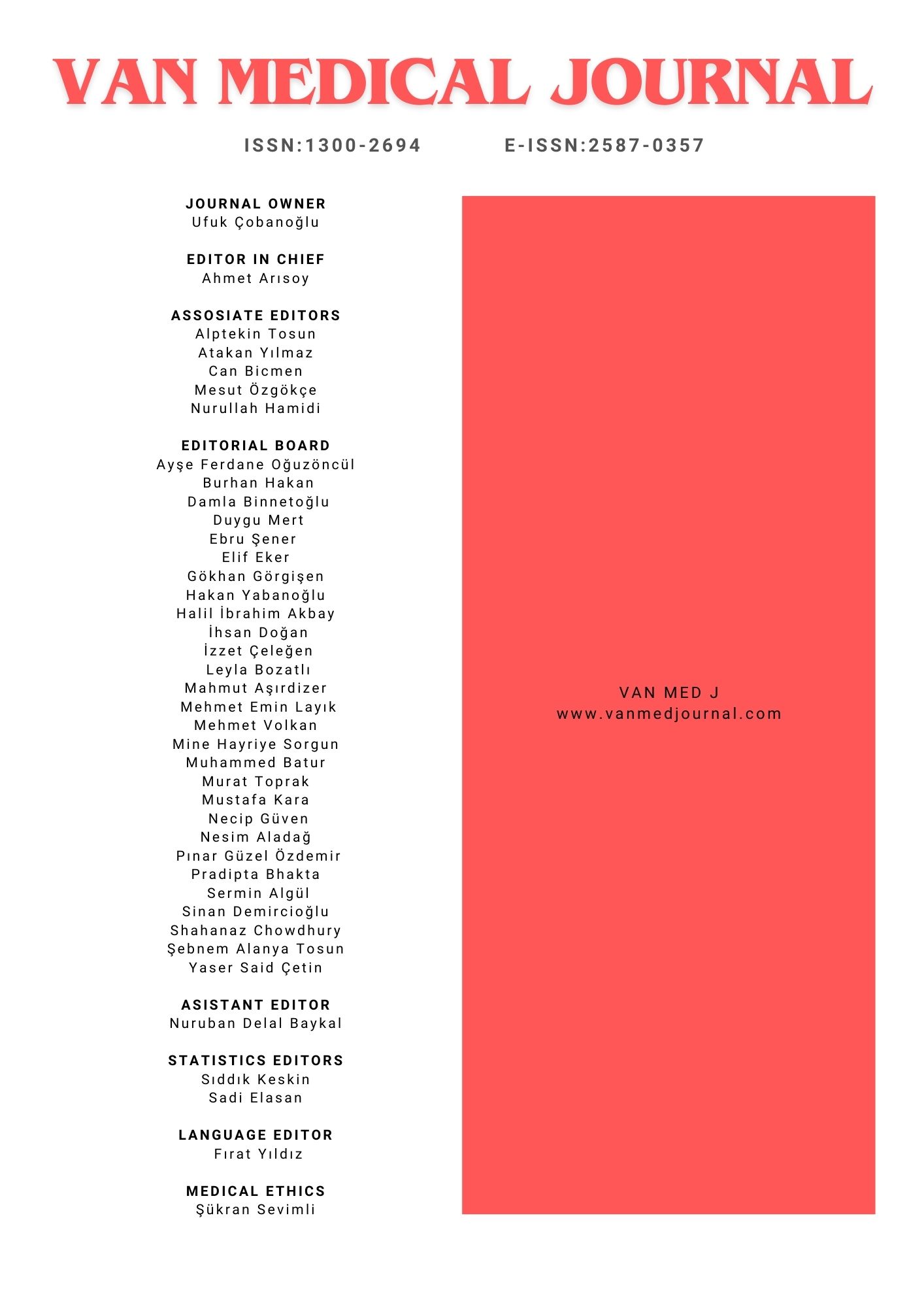Fibrosis Risk Factors and Serum Noninvasive Fibrosis Markers in Metabolic Dysfunction-Associated Steatotic Liver Disease (MASLD)
Kadri AtayMardin Research and Training Hospital, Department of GastroenterologyINTRODUCTION: The prevalence of metabolic dysfunction-associated steatotic liver disease (MASLD) is increasing globally, ranging from simple steatosis to cirrhosis. This study evaluates the correlation between serum noninvasive fibrosis markers and histopathological and FibroScan fibrosis data, identifying potential risk factors for fibrosis progression in MASLD and metabolic dysfunction-associated steatohepatitis (MASH) patients.
METHODS: We included 40 biopsy-confirmed MASLD and MASH patients. Serum levels of hyaluronic acid, fibroblast growth factor 21 (FGF21), collagen type IV, and YKL-40 were measured using ELISA. Patients were stratified into mild and advanced fibrosis groups based on liver biopsy and FibroScan results.
RESULTS: Patients with advanced fibrosis had significantly higher HOMA-IR, fasting insulin, and BMI (p=0.027, p=0.041, p=0.025). Hyaluronic acid, FGF21, collagen type IV, and YKL-40 were significantly elevated in the advanced fibrosis group (p<0.01 for all). Linear regression showed BMI influenced HOMA-IR (β=0.036, p=0.008), but not triglycerides or HDL. ROC analysis identified hyaluronic acid as a significant fibrosis marker (AUROC=0.73). Multivariate regression revealed FGF21 and hyaluronic acid as independent risk factors for fibrosis progression (OR=1.001, 95% CI: 0.99–1.003; OR=1.004, 95% CI: 0.99–1.01). Fibrosis severity was higher in patients with elevated AST and GGT (p<0.01), but not ALT (p=0.204).
DISCUSSION AND CONCLUSION: Conclusion: Insulin resistance, obesity, elevated serum levels of AST (aspartate aminotransferase) and gamma-glutamyl transferase (GGT) key risk factors for advanced fibrosis in MASLD. Elevated FGF21 and hyaluronic acid levels may serve as noninvasive fibrosis markers.
Manuscript Language: English

